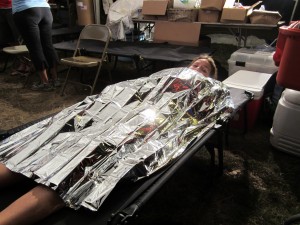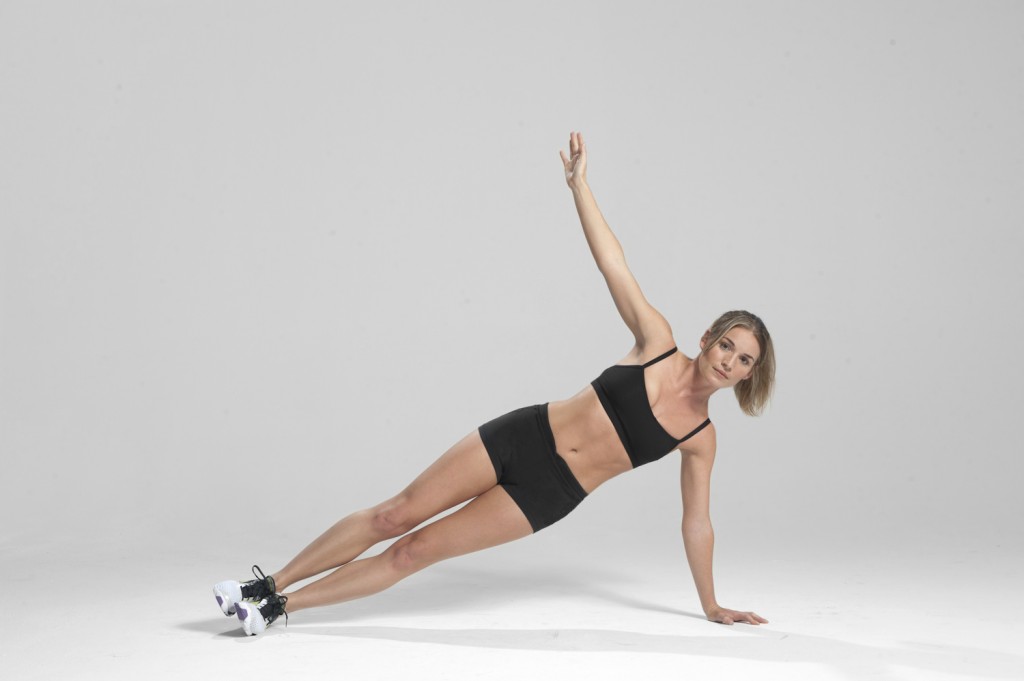One of the many reasons I love running is that I often clear my head, sort out problems, and work through emotions all while out there clocking my miles. While quality workouts take focus, those easy days of junk miles are my time to check in with myself.
Since the Boston Marathon, I have struggled with my relationship with running. Some days I refuse to run. Other days I break down and cry while running and cut the workout short. Sometimes I feel great and smile from ear to ear out in the park. It’s a mixed bag. I suppose these varying emotions are considered normal, but I don’t like them.
Just like I don’t like the sounds of sirens, or fireworks being shot off right outside my window at all hours of the day or night, or loud noises, or people running towards me, or large crowds of people – I have to deal with them. In New York City, life is always loud and crowded.
Besides all of the flashbacks, panic attacks, insomnia, and other symptoms of PTSD, what upsets me the most is my lack of enthusiasm for the activity I love most. I hate that running is sometimes something I emotionally cannot handle. The day of the Boston Marathon, while many of us lost our sense of selves, safety, and faith in humanity and all that is good, I also lost that lovely, innocent relationship I had with running. I want that back so badly.
In the weeks since Boston, I have pulled away from lots of people – especially in the running community. The person I was before Marathon Monday only missed team practice if there was an unavoidable work conflict. Now, I find any excuse to not attend. Track work used to be a challenge I rose to face. Now, I get defeated the minute I set foot on the lovely, soft rubber. I dodge the topic of Boston when asked by friends, family and strangers alike.
The Runner’s World Magazine issue dedicated to the Boston Marathon attacks – I cannot even open it. I don’t know if I ever will. The people who dedicate a race goal to the Boston bombings, or the organizations who used Boston as a platform for their own benefit – I want to punch them in the face. The horror and pain experienced by those who were there, right at the bombings, that doesn’t vanish the way the news stories on tv do.
So today on my run I evaluated all of this, and reminded myself that sometimes all we need is time. And help. I wish I had the answers to bounce right back to the person I was that morning in Hopkinton, before my life changed.
How do I get my unrequited love for running back? How do I turn myself back into the fighter I was before Boston? How does one set sights on a goal marathon PR, and attack training and race day without fear or hesitation? I guess I am going to find out.
Nothing can be worse than my reaction at the Brooklyn Half Marathon, and so I can only go up from here. (Note I never wrote a blog about my Brooklyn Half experience. I figured a blog that was chalking up a race full of panic attacks, vomiting on the course, and despising every step wasn’t worthy of a blog entry).
As a coach, I suppose I can use my struggles to help others – which is the only silver lining from all of this. We runners are strong, stubborn individuals. Whether you run for fitness, fun, or speed, we all love it on some level. If we didn’t we wouldn’t put in the work. The love for the sport is the thread we all have in common. I want that love back.







